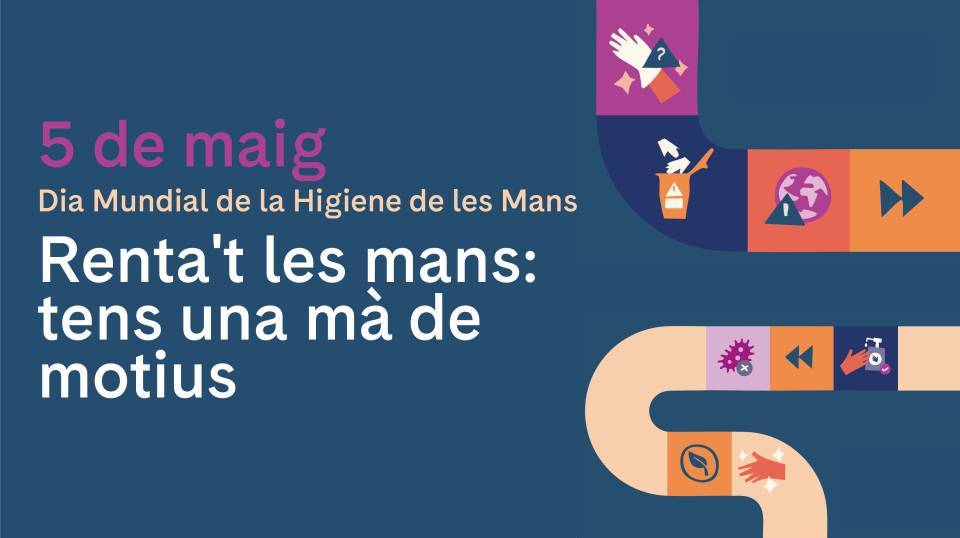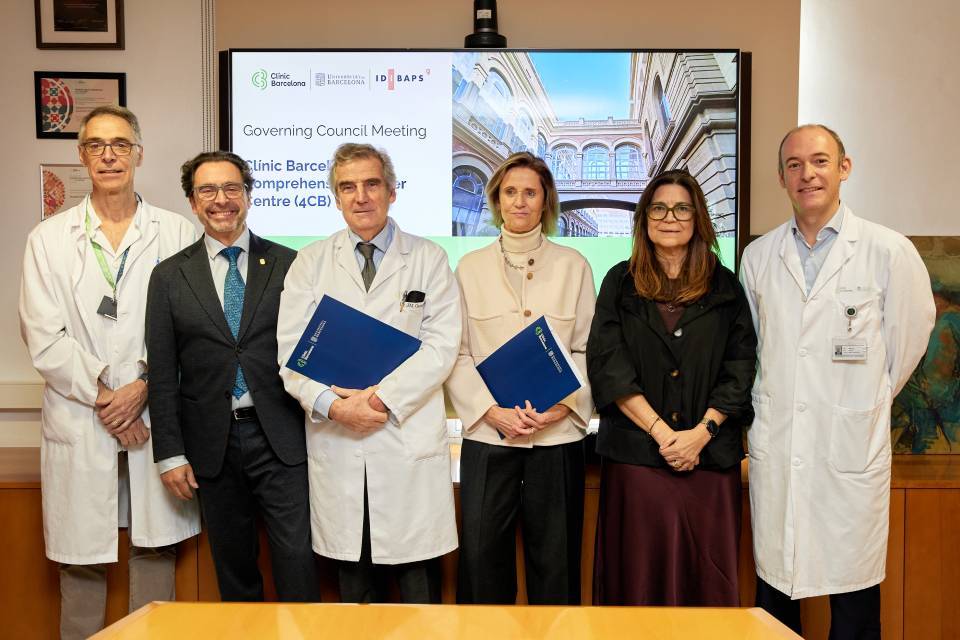With the 2025 global campaign slogan, “It might be gloves. It’s always hand hygiene”, the World Health Organization (WHO) stresses the vital importance of good hand hygiene as a key and most effective tool for preventing infections in healthcare settings.
The WHO calls for the active involvement of healthcare staff and patients, while also appealing to the committed leadership of health centre managers and those responsible for them, as well as the decisive support of public authorities and policy makers. The aim is clear: to consolidate hand hygiene as a strategic and cross-cutting priority in all healthcare institutions worldwide.
The correct and selective use of gloves
The use of gloves in healthcare is intended for specific clinical situations and they are single-use items. However, it should be borne in mind that they can get contaminated just as easily as bare hands and do not guarantee a foolproof barrier. For this reason, they should be removed after each contact with the patient, and hands should be washed immediately, as recommended by the WHO in its 5 Moments for Hand Hygiene.
Regardless of whether gloves are worn or not, washing your hands at the right times and in the right way remains one of the most effective ways to protect both patients and healthcare workers. By 2026, monitoring hand hygiene compliance monitoring and feedback should be established as a key national indicator, at the very least in all reference hospitals. Currently, 68% of countries report that they are already implementing this monitoring.
In this video, the Communications team along with the Clínic’s Preventive Medicine and Epidemiology Service has compiled a list of good and bad practices, to remind us how to use gloves correctly and maintain good hand hygiene.
Reducing the environmental impact of glove use
The excessive use of gloves has a significant environmental impact and, therefore, using them properly in conjunction with good hand hygiene can help reduce this waste. Moreover, using gloves when not necessary is a waste of resources and does not always prevent the transmission of germs.
In 2024, 35,020,000 non-sterile gloves were used at the Hospital Clínic Barcelona. The Clínic uses gloves responsibly but, even so, this figure gives an idea of the impact of using gloves in healthcare.
Worldwide, between February and August 2020, 3 billion pieces of personal protective equipment (PPE) were used, generating 591 tonnes of waste per day, with gloves being the main source.
You can find information on World Hand Hygiene Day and hand hygiene in general through various organizations:
You can support the WHO campaign on social media by using the following hashtags: #HandHygiene, #CleanYourHands, #WorldHandHygieneDay.




